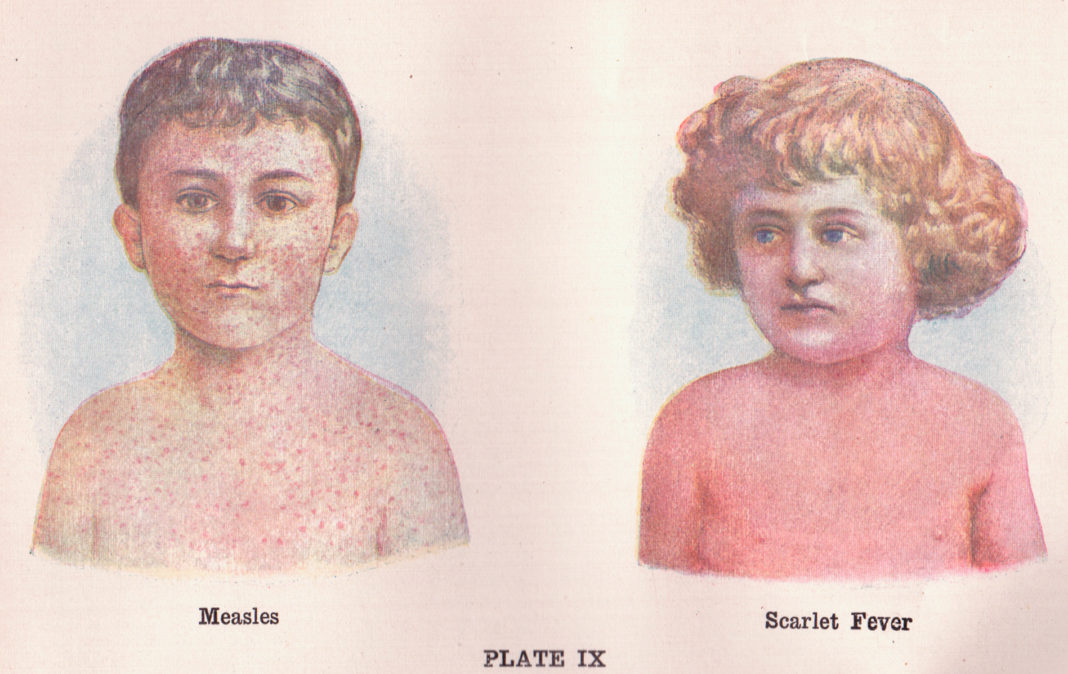How could it be that a disease that was virtually extinct here 20 years ago is not just on the rise, but constitutes such a serious threat to public health that Washington State recently declared a state of emergency? The problem, according to The WHO is “Vaccine hesitancy.” Simply put, people with access to potentially life-saving vaccines are refusing to vaccinate their children or themselves. This January, the WHO listed vaccine hesitancy as one of the top ten threats to global health.
Today’s anti-vax movement is both savvier and scarier than its predecessors. Having coalesced around the repeatedly disproven claim that vaccines cause autism, the movement uses all the tools of online propaganda, harnessing influencers, and political action committees to push their message.
The anti-vaxxers got a big shot in the arm, if they’ll excuse the expression, when Donald Trump assumed the presidency. Trump had repeatedly tweeted his doubts about vaccines and what he’s called doctor inflicted disease. Andrew Wakefield, the discredited gastero-enterologist who leads the crusade, was a guest at his Inaugural ball. RIght now, while a bipartisan group of Senate and House Health Committee leaders are writing to their colleagues about the safety and efficacy of vaccines, the wife of the White House Communications Director is proclaiming on social media that Measles is healthy and helps fight cancer.
Meanwhile, the percentage of unvaccinated children has quadrupled since 2001, and every pocket of low vaccination rates allows the disease to spread. To make matters worse, as outbreaks increase and health agencies are forced to dedicate more resources to combat the disease, the Trump administration is proposing massive budget cuts to the Department of Health and Human Services.
The fact is, Trump’s shown nothing but disdain for science and public health. Repealing pollution standards and clean water rules, censoring and disparaging scientific data on climate change. LIke civil rights hesitancy, the Trump presidency didn’t create the vaccine hesitancy problem, but he has made it worse. Symptoms from measles, which include a rash, can take as long as three weeks to appear. Symptoms of those other threats to public health may take longer. At least measles we have a vaccine for.














